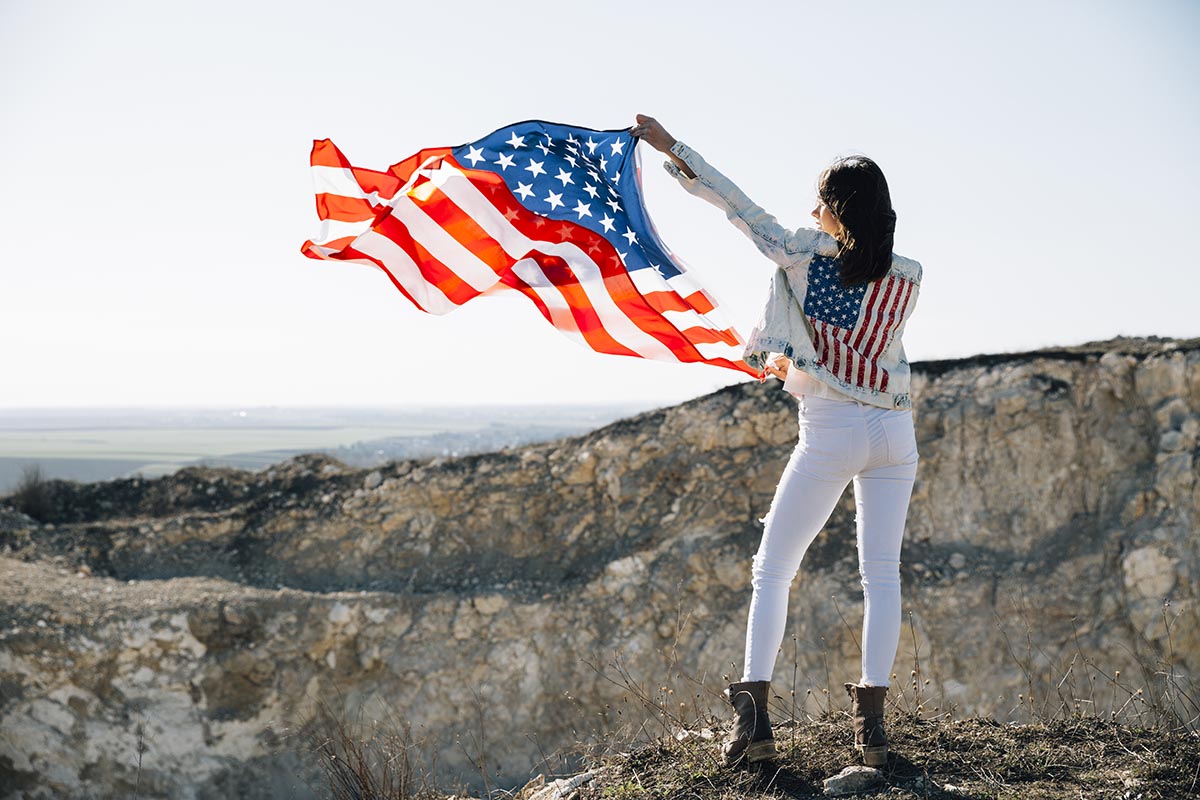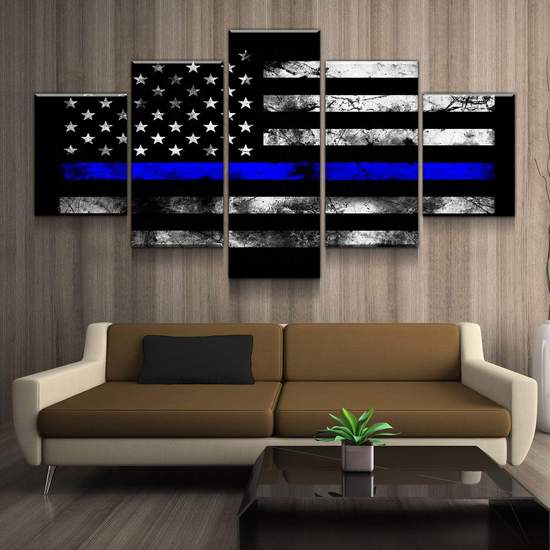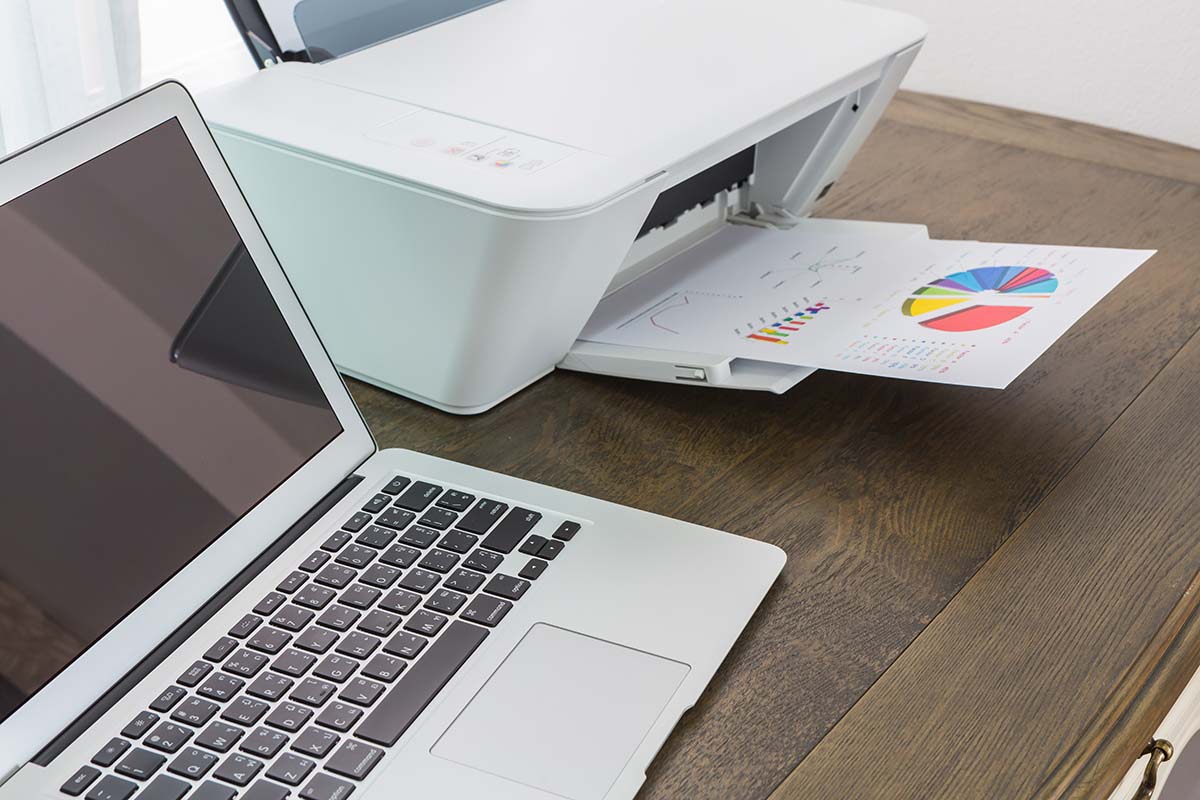Getting The Right Flag and Looking After It
If you are looking for a rebel flag that is going to survive the extreme weather temperatures in the south without fading in the sun, then you need to look at what material they are made of. With so many material options, you would be forgiven for getting quickly confused, and with new blends available seemingly every other day, it can be hard to pick what sort of fabric is going to suit you best.
Steel/Polyester Woven Fabrics
This uses a thread of polyester wrapped around a steel thread to create a really strong but lightweight material. Generally, it a quite UV protective with colors that are less likely to fade than more traditional materials; you can see an example of these with a rebel flag for sale. These are really good if you are going to be flying your flag in strong winds or extreme conditions, as they are built tough.
Knit & Light Polyester Fabrics
These are more likely to be used as inside display flags; they’re great for promotional events or for novelty effects. While some are actually surprisingly strong, you need to confirm that the seams have been well reinforced if you are planning on flying these outside.
Canvas
You don’t often find flags made out of canvas these days, as polyester has taken over for popularity, however, the canvas used to be a particular favorite for outdoor displays and for creating amazing artwork. It is great for outdoor displays, but although it is quite long-wearing, if not well looked after can go moldy and rip unexpectedly.
Canvas is a great material if you are looking at having a customized piece of art created for your wall or for promotional material to go on your display table at an indoor market. It is a pretty resilient material, which is why the army used it for tents, and while it has mostly been superseded, it certainly still has its place. However, canvas comes in a huge variety of weights, so you will need to check what type of fabric you are actually getting.
Cotton
You will often find cotton as the preferred material for flags that will be draped over caskets. It creates a beautiful flag but is not the best material for flying in an all-weather situation. This is a light material, and although it does hold colors well, it isn’t the best for flying, particularly in damp conditions.
These will often be sewn rather than printed, which means that the fabric has a solid and permanent dye, and the flag is made from different sewing colors of dyed fabric together. This often makes the color stronger than with a printed flag. However, you may notice that the fabric fades unevenly if the manufacturer has used inferior fabric or dye.
Rebel Flag -Nylon
This is one of the best options if you are looking for a flag to fly beautifully from a flagpole. It holds colors well and has longevity which makes it a popular choice for situations where the climate is relatively temperate. Because of the lightweight nature of nylon fabric, these are great for flying loud and proud in low-wind areas; in fact, they are so light that you don’t really need much of a breeze at all.
Most of the Israel flags at uspatriotflags.com are made out of nylon, making them a durable and reliable option. Plus, they are relatively easy to take care of as nylon is wrinkle-resistant and can be machine-washed or hand-washed with ease.
However, because of this, they aren’t well suited to high wind zones, and, as with light polyester, you should check that the manufacturer makes the flags with solid reinforced seams; otherwise, you do run the risk of having them rip and fly away if winds pick up unexpectedly.
Taking Care of Your Rebel Flag
No matter your chosen material, it will survive longer if you look after it. Firstly, make sure that you are only using it outside if it is designed for outside use – don’t assume; always check that it isn’t purely decorative.
Bring it in at night; damp air and overnight rain can destroy most fabrics; even outside awnings are usually pulled down at night for this reason. If your flag gets wet, spread it out and allow it to dry naturally. Do not fold it, do not roll it up, and do not put it in a clothes dryer (even on the low setting).
When you do want to clean the fabric (and you should do this to prevent staining from normal environmental pollutants), hand wash in warm water and a bar of gentle soap (one made for wool is often preferred), then ensure it is well rinsed before spreading it out to dry. If you don’t have a clothesline to lay it over, you could try a good clean fence.





















